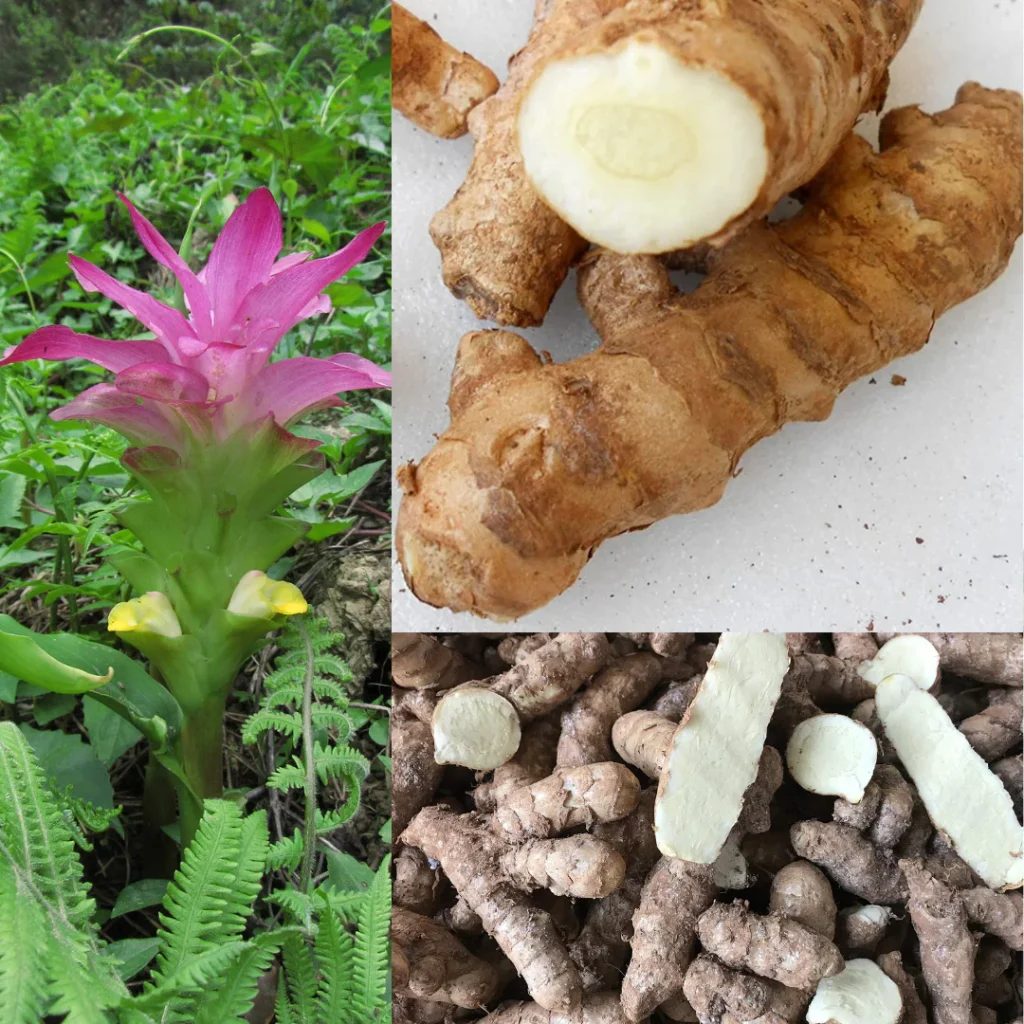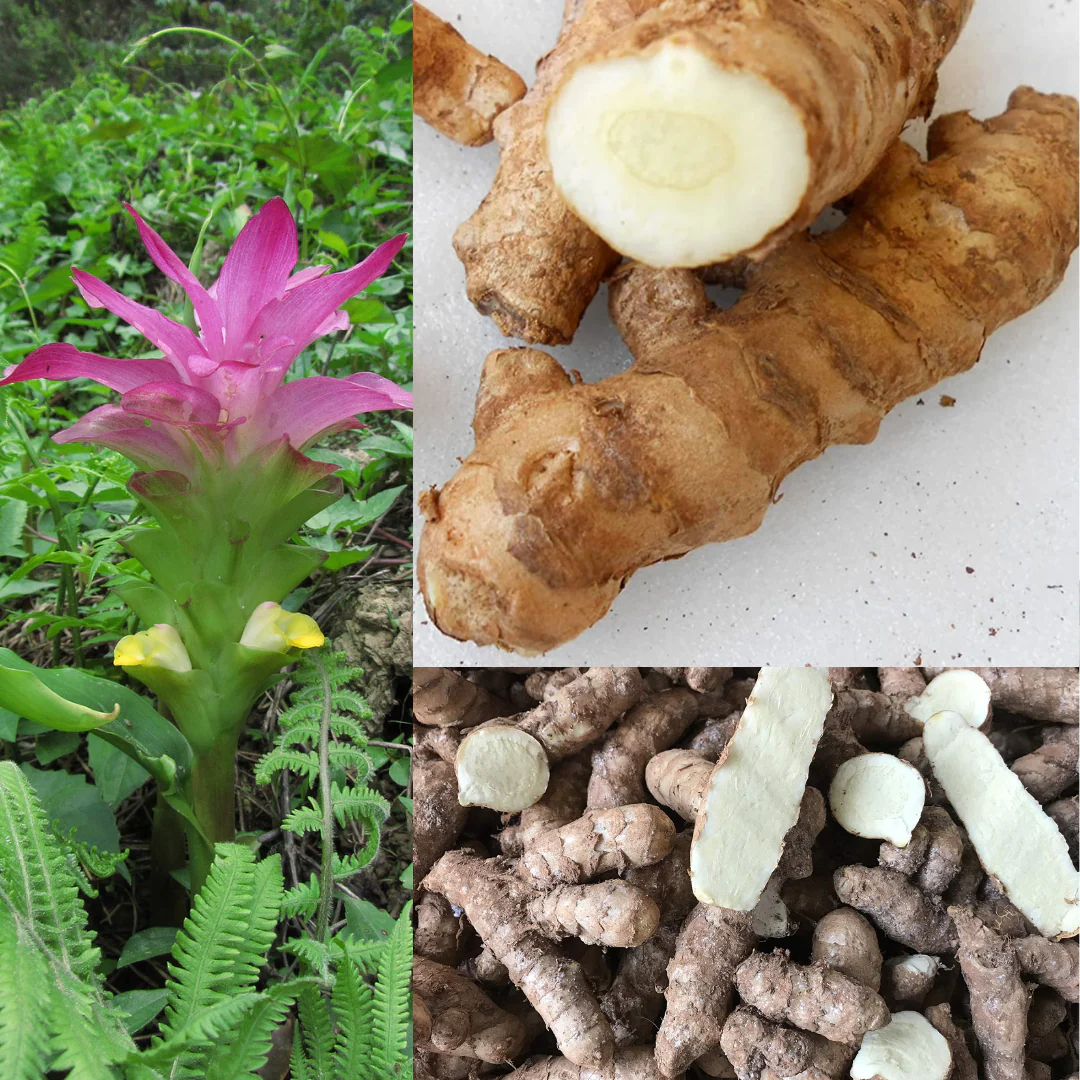Inflammatory skin disorders, including dermatitis, eczema, psoriasis, and acne, are pervasive dermatologic illnesses that significantly impact patients’ quality of life and health. Acne, a highly common condition, involves a complex pathology including sebum alteration, aberrant follicular keratinization, and the presence of Cutibacterium acnes (C. acnes). Standard topical treatments for these conditions, such as corticosteroids and antibiotics, often present side effects like dryness, redness, skin thinning, peeling, and irritation. This situation necessitates finding alternative applications that offer good anti-inflammatory and antibacterial properties with minimal adverse effects.
The rhizomes of Curcuma aromatica Salisb. (CA) have been used extensively in Thai traditional medicine for treating various dermatological skin diseases, inflammatory conditions, and wounds, capitalizing on its inherent anti-inflammatory, antimicrobial, and antioxidant properties. Curcumin, a key active compound found in CA, also exhibits potent anti-inflammatory and anti-acne activity. However, curcumin is notoriously unstable and degrades rapidly when exposed to factors like alkaline pH, high temperature, or light. To address the limitations of traditional topical preparations (creams, gels, and lotions), which often lead to uncontrolled drug release and adherence to clothing, researchers focused on developing an advanced topical active delivery system. A hydrogel patch was chosen as an ideal solution due to its ability to provide controlled and prolonged drug release, convenient use, portability, and crucial benefits for inflamed skin, such as promoting hydration and delivering a cooling effect. The objective was to develop and evaluate a novel hydrogel patch containing CA extract for anti-inflammation and anti-acne applications.
Methods
Hydrogel patches, including the optimized formulation CA2, were prepared using biodegradable polymers such as carrageenan, locust bean gum (LG), and PVP-K30, incorporating 1% w/w C. aromatica ethanolic extract. The physicochemical properties, including mechanical strength, pH, and morphological characteristics (SEM, DSC, XRD, FTIR), were thoroughly evaluated. In vitro drug release and skin permeation studies of curcumin were performed using a modified Franz diffusion cell. Anti-inflammatory efficacy was determined by the inhibition of nitric oxide production in LPS-stimulated RAW 264.7 cells, while anti-C. acnes activity was assessed using the disc diffusion method.
Key Findings
• The optimized formulation, CA2 hydrogel patch (made from a 1:1 ratio of carrageenan to LG), exhibited excellent physical appearance and mechanical properties; it was smooth, durable, and flexible.
• The CA hydrogel patches maintained an acidic pH (5.57–5.58), which is suitable for topical use as it helps maintain the skin’s protective barrier.
• The CA2 formulation showed high curcumin entrapment efficiency (93.78 ± 2.64%) and improved mechanical strength compared to blank patches.
• The CA2 hydrogel patch demonstrated a gradual and sustained release of curcumin over 12 hours, reaching a cumulative release of 50.40 ± 3.94%. Both drug release and skin permeation kinetics best fit the Higuchi’s kinetic model.
• The CA2 hydrogel patch showed strong anti-inflammatory activity, with an IC50 value of 19.85 ± 0.82 µg/mL. This anti-inflammatory activity was derived directly from the C. aromatica extract and the patch was not toxic to RAW 264.7 cells.
• The CA2 hydrogel patch exerted strong anti-acne activity against C. acnes, demonstrating an inhibition zone of 12.70 ± 2.10 mm.
• Crucially, the anti-acne activity of the CA2 patch was superior to that of commercial anti-acne patch products tested, such as the salicylic acid 0.4% patch and commercial acne-absorbing patch, neither of which showed inhibition against C. acnes.
• Physicochemical analyses confirmed that the CA extract was completely dispersed within the amorphous hydrogel matrix without significant structural degradation or chemical interactions, confirming thermal stability up to 250 °C.
• The CA2 patch efficiently permeated curcumin into the skin (38.18 ± 0.45% at 24 h), while approximately 62% remained on the skin surface, enabling continued prolonged topical efficacy for localized action (epidermis/follicle).
This research successfully developed a novel delivery platform incorporating C. aromatica extract into a hydrogel patch. This is the first report on the development of a hydrogel patch delivery platform containing CA extract. The developed CA2 hydrogel patch successfully supports the traditional dermatological use of CA, exhibiting great physicochemical properties, sustained curcumin release kinetics, and strong in vitro anti-inflammatory and anti-acne activities.
The results indicate that the CA hydrogel patch is suitable for use as an anti-acne facial mask and for treating inflamed skin areas. The CA2 hydrogel patch possesses strong cosmetic potential for anti-inflammatory and anti-acne skincare applications. Based on its bioactive response, the patch serves as a preliminary platform for future therapeutic development in dermatology. However, it is essential that the CA hydrogel patch be further evaluated in clinical trials, in vivo studies, and product stability assessments to confirm its safety and efficacy for final application.
Link to the study: https://www.mdpi.com/2079-9284/12/6/240


